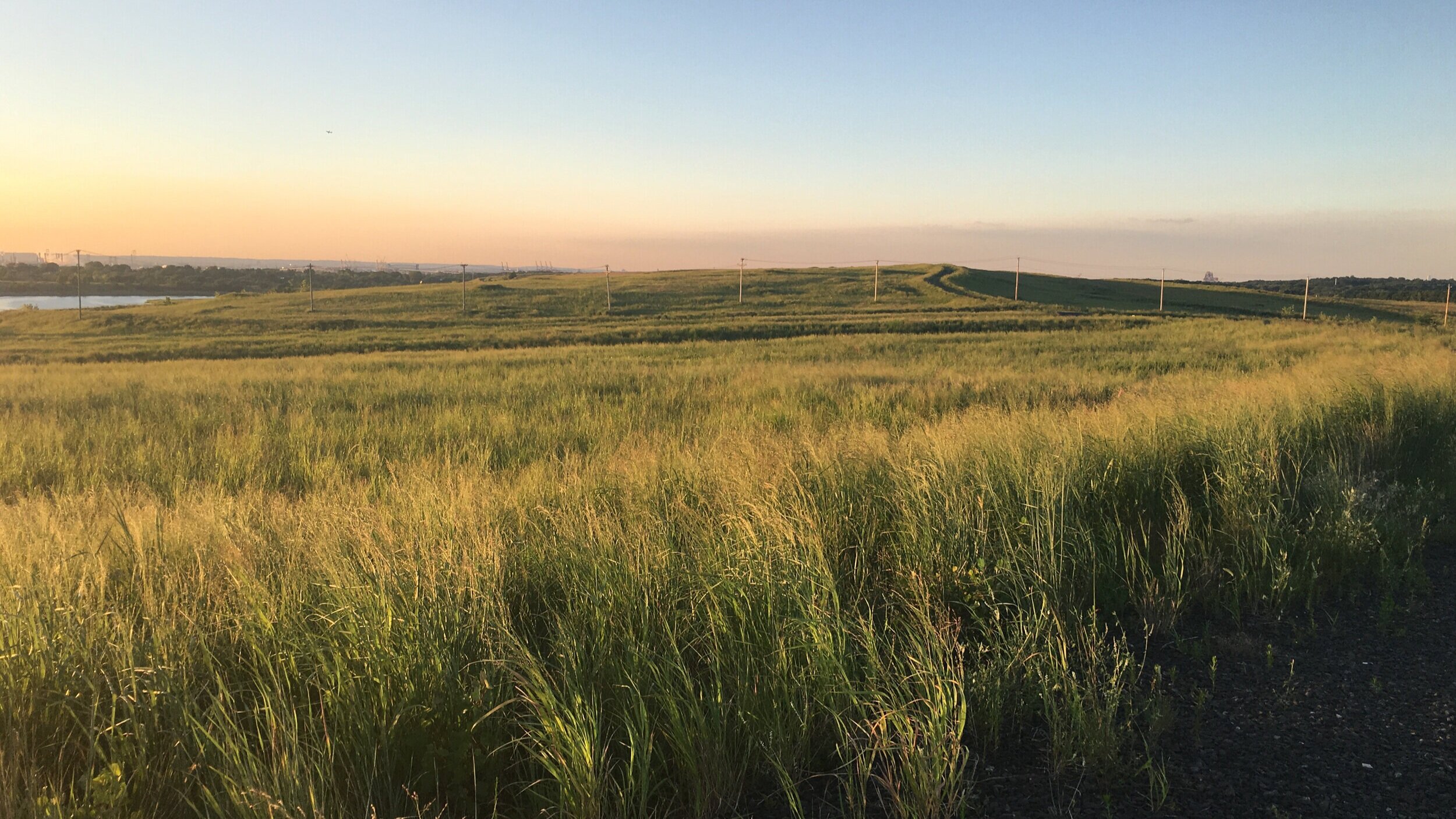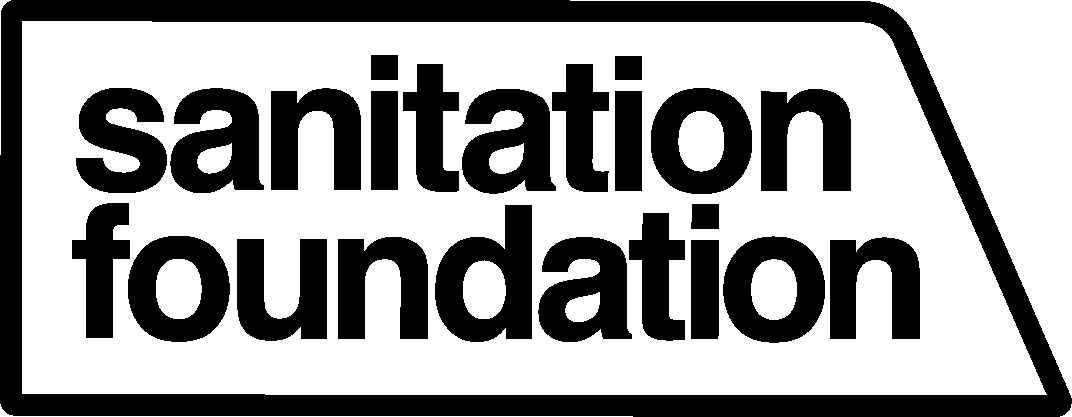
photos courtesy of Freshkills Park Alliance
pre-colonial history.
The site of Freshkills Park has a long, complex history. From 10,000BC TO 8,000BC, during the Paleo-Indian Period, the regions near the Fresh Kills Landfill Complex and surrounding areas were inhabited by different tribes who were native to the land until the 1670s. Remains of their campsites and settlements were discovered in the area when the landfill was in operation. Some of the earliest artifacts discovered were found near the southernmost tip of Section 1/9, the final resting place of the remains of the World Trade Center site.
From CA 8,000-1,000BC, during the Archaic Period, there were numerous documented changes in the way of life of the original inhabitants of the land. As large Pleistocene animals went extinct, food for those living in the area changed to fish and plants, including shellfish. The remains of clamshells and oysters have been a common discovery throughout Freshkills as a result. During the Archaic Period there was a significant rise in sea level that deeply impacted the Staten Island water table and led to the creation of massive swamps.
Ceramic vessels, domesticated plants, and extensive shellfish harvesting marked the time from CA 1,000BC-1,600AD, the Woodland Period. By this time, horticulture was commonplace and widespread throughout the region. Villages expanded and communities grew as the landscape evolved into the rich, biodiverse, flourishing lands we know today.

landfill-to-park journey
On March 22, 2001, Fresh Kills Landfill received its last barge of residential solid waste. Nearly six months later, on the 5th of September, the City of New York—in partnership with the Municipal Art Society, NY State Department of State, NYC Department of Sanitation, NYC Department of Parks & Recreation, and NYC Department of Cultural Affairs—announced the the International Design Competition for Freshkills Park to source ideas for the planning and design phases of the long term landfill-to-park project for the 2,200-acre site.
Since 45% of the 2,200-acre site is composed of four landfill mounds, the landscape of Freshkills has been engineered with layers of soil and undergone various infrastructural changes to transform the site into the lush, biodiverse landscape it is today. But the journey from landfill-to-park took a dramatic turn on September 11, 2001.
Thanks to the careful and tireless work of the New York City Department of Sanitation before, during, and after 9/11 recovery, the final resting place of the remains of the World Trade Center site are at home with thriving flora and flourishing fauna.
closing the landfill.
In order to ensure the environmentally safe and healthy transition from landfill-to-park, the process of restoring the Land requires extensive research, planning, and collaboration between numerous city agencies and departments. Since landfills produce, and sometimes release, leachate and gases, the Fresh Kills Landfill team designed systems to capture and treat these byproducts. Ted Nabavi, Director of Waste Management Engineering at DSNY, offers a behind-the-scenes tour of the Fresh Kills Landfill Leachate Treatment Plant here.
To protect the land, keep visitors safe from landfill waste, and prevent the release of landfill gas to the atmosphere, multi-layer landfill caps make it possible for the remains of the landfill to continue to break down over time as gas and leachate are removed from the mounds. The layers of the landfill cap include original waste, a two foot soil barrier to facilitate stormwater drainage, a gas venting layer to absorb gas in the soil, an impermeable plastic liner that separates the waste from the healthy soil layers, a geotextile drainage layer, two feet of sandy soil that serves as barrier protection material, and over six inches of clean planting soil blended with native planting mix.
There are 238 wells at Freshkills that aid researchers in monitoring water, sediment, and air quality. In addition to quarterly groundwater monitoring, regular tests keep track of methane, carbon monoxide, particulate matter and sulfur dioxide levels to ensure that the process of transforming the land is evolving properly. View an interactive map and virtual tour of the lands here.
time lapse of the capping of west mound
What does the process of landfill capping look like? Watch this video to learn more about how it works and what it takes to transform a landfill into an area of flourishing biodiversity and healthy soils.

research + restoration.
-
landfill capping.
Learn more about the work that DSNY is doing to cover, stabilize, and maintain Freshkills here.

-
monitoring.
Learn more about what goes into the process of testing the quality of the soil, air, and water here.

-
capturing releases.
Learn more about the collection and processing of landfill byproducts here.


